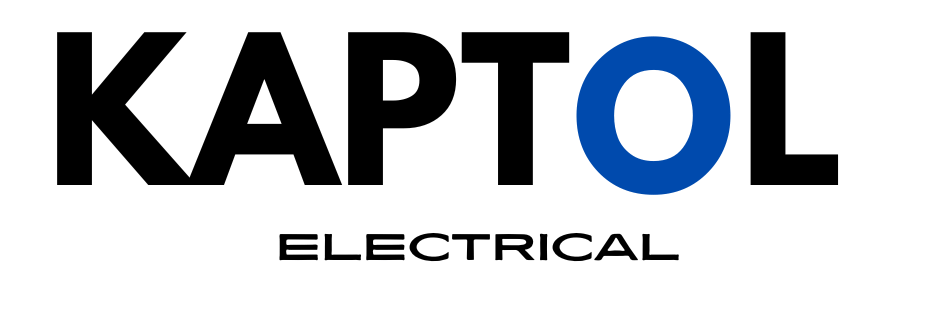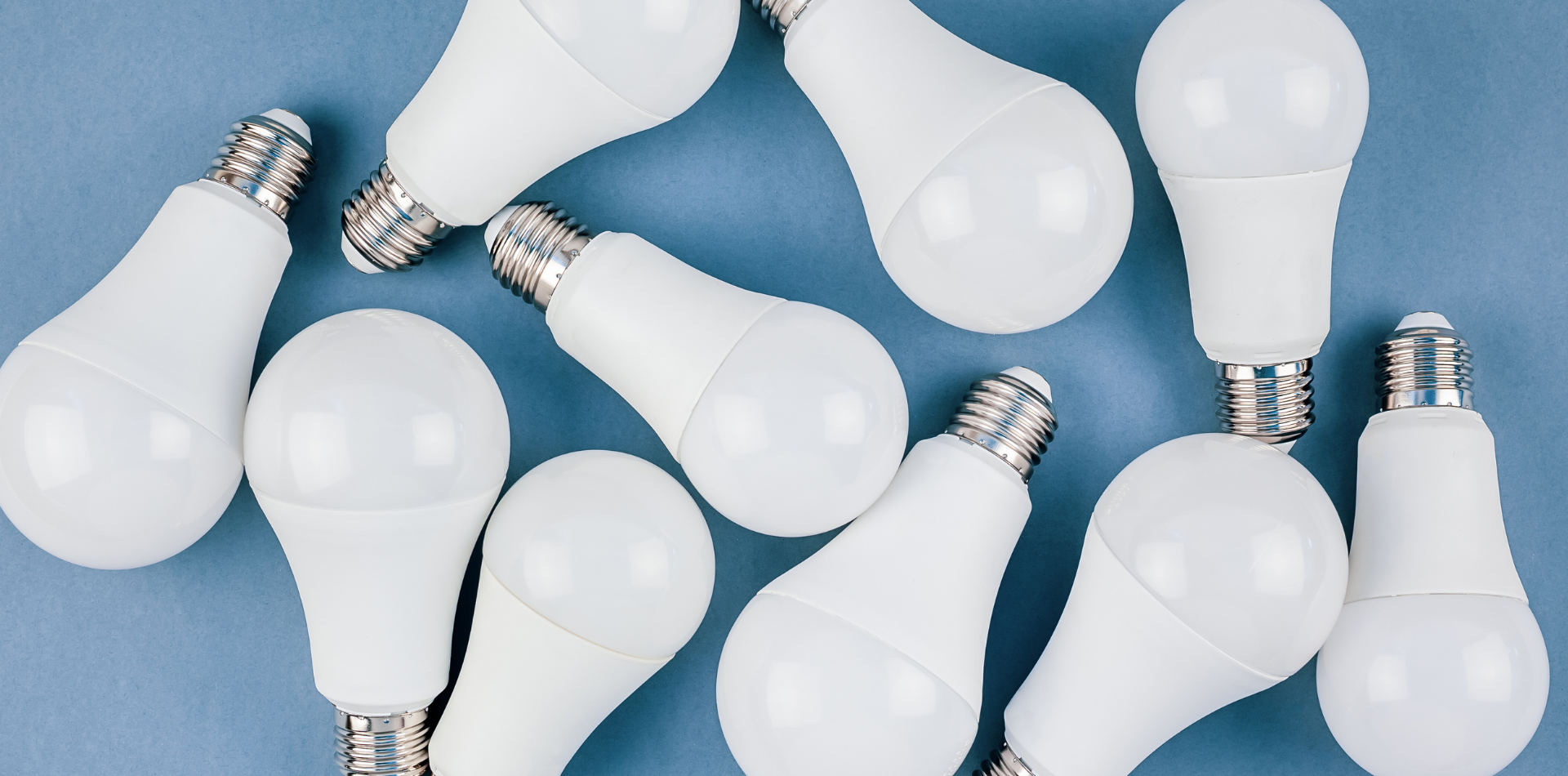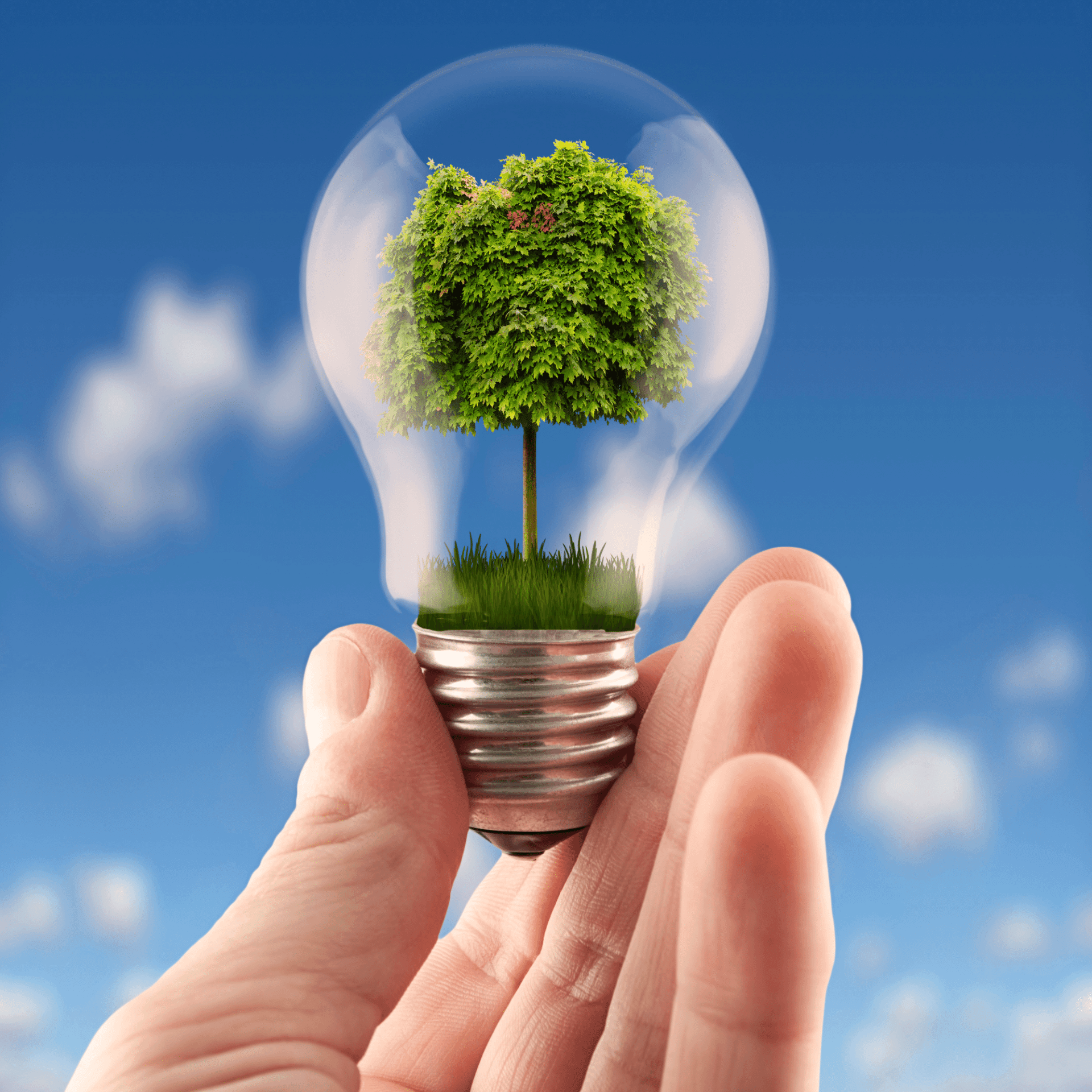Expert tips
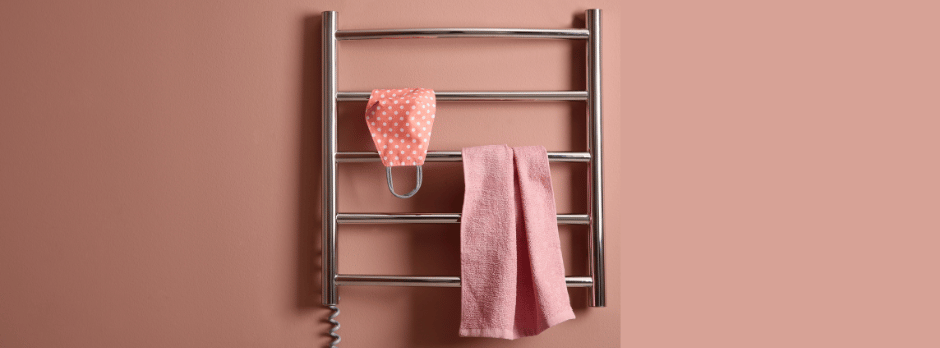
Picture this: you step out of a steaming hot shower into the soft embrace of a perfectly warm, dry towel.
No damp, musty towels.
No bracing chill.
Just pure, indulgent comfort.
That’s the magic of heated towel rails—an everyday luxury that turns the ordinary into something extraordinary.
Once reserved for five-star hotels and lavish spa retreats, heated towel rails have now become a sought-after feature in modern homes—and for good reason. They seamlessly blend function, style, and a touch of opulence, offering year-round comfort, better hygiene, and even energy savings.
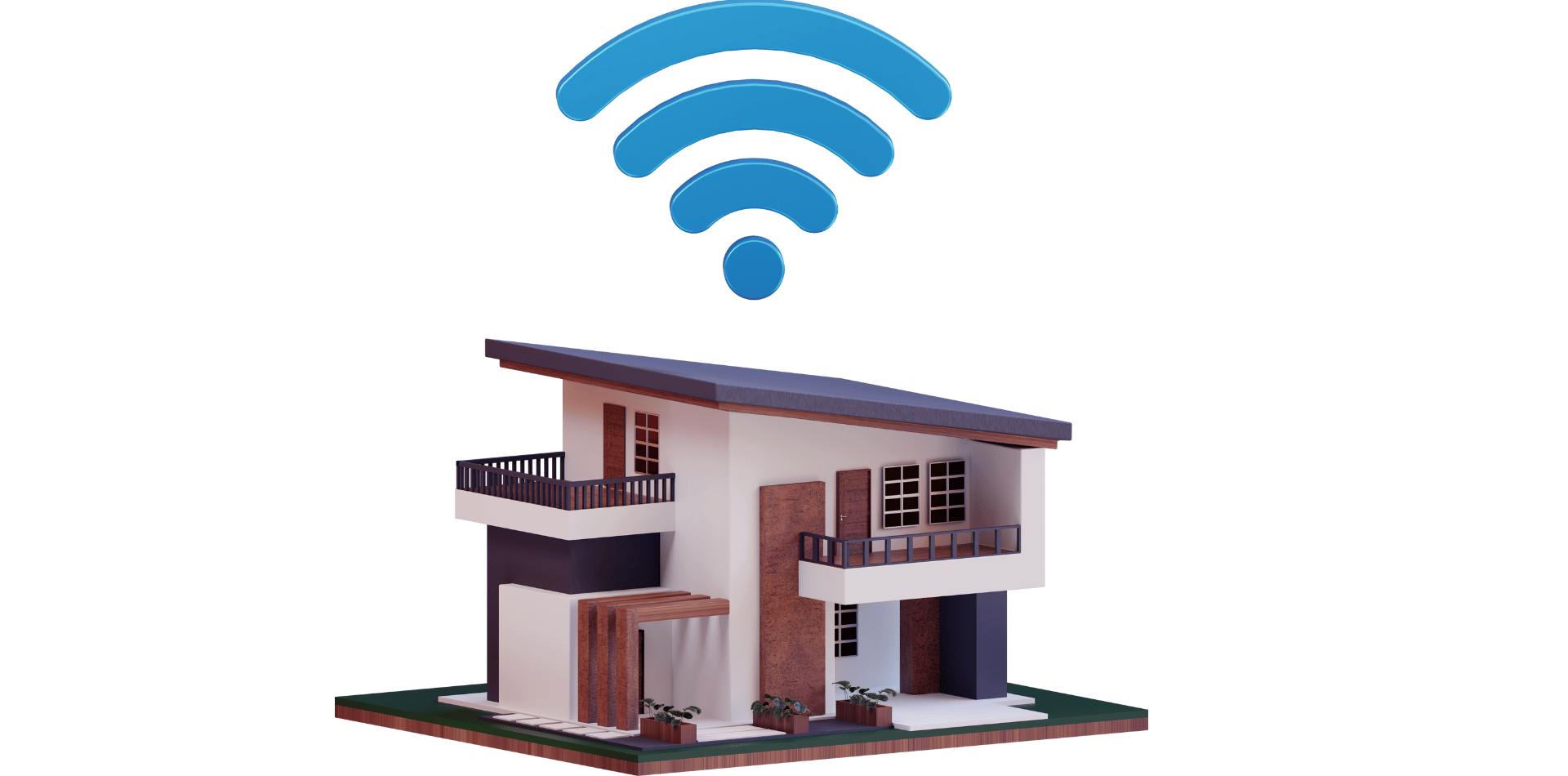
In recent years, the concept of the smart home has transitioned from a futuristic idea to a tangible, everyday reality for millions of people around the world.
The smart home revolution is at the forefront of technology and innovation, transforming the way we live by integrating technology into our homes to make life more convenient, secure, and energy-efficient.
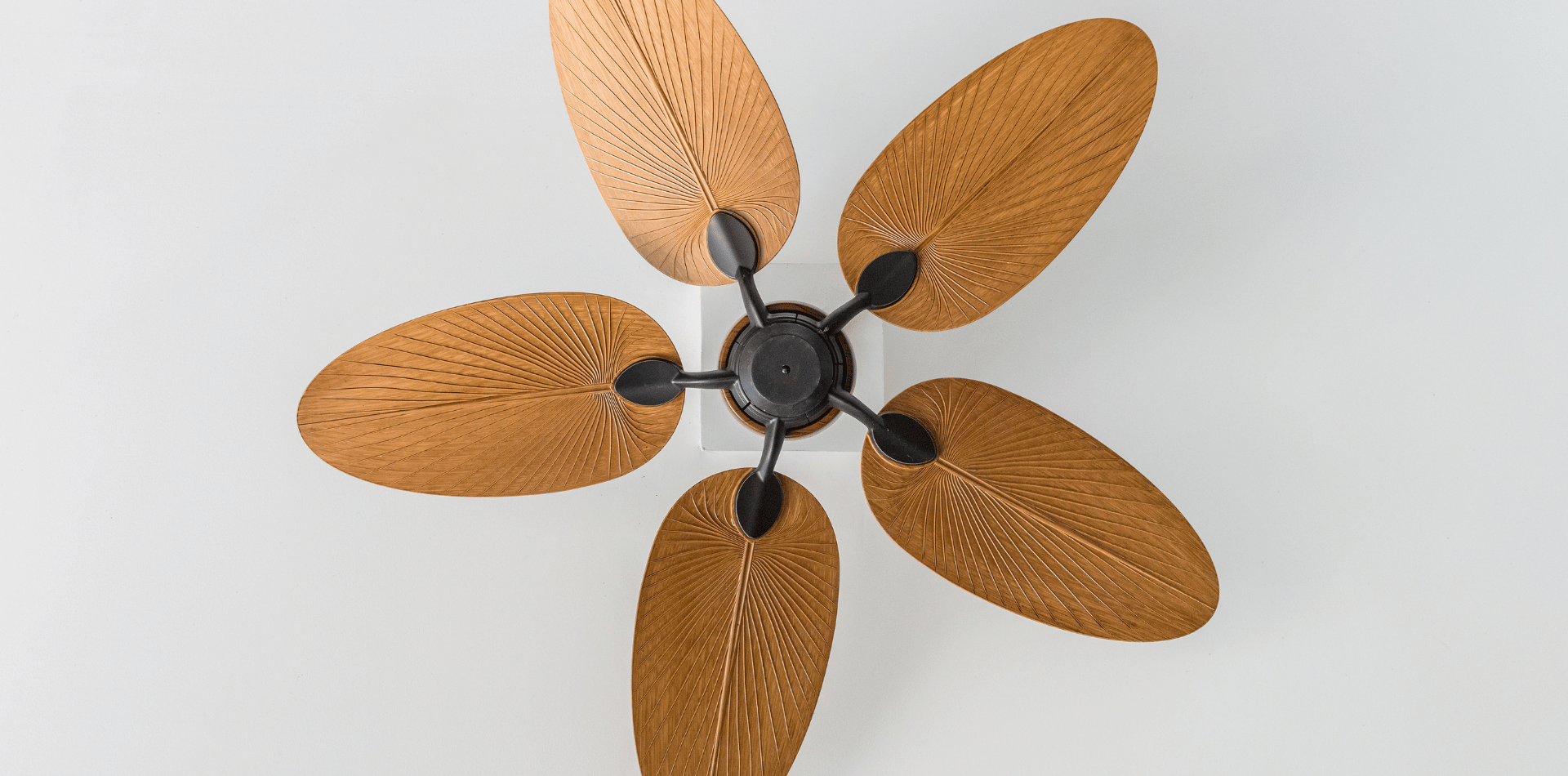
When it comes to maintaining a comfortable atmosphere in your home, ceiling fans are a timeless solution that offer a plethora of benefits beyond simple aesthetics.
Not only can they add a touch of elegance and style to any room, but their functional advantages extend from improving air circulation to reducing energy costs.

Electricity is an integral part of our daily lives, powering everything from our laptops to our lights.
If not handled properly, it also poses significant risks.
We all need to have an understanding of electrical safety and the crucial measures to prevent accidents and ensure a safe living environment.
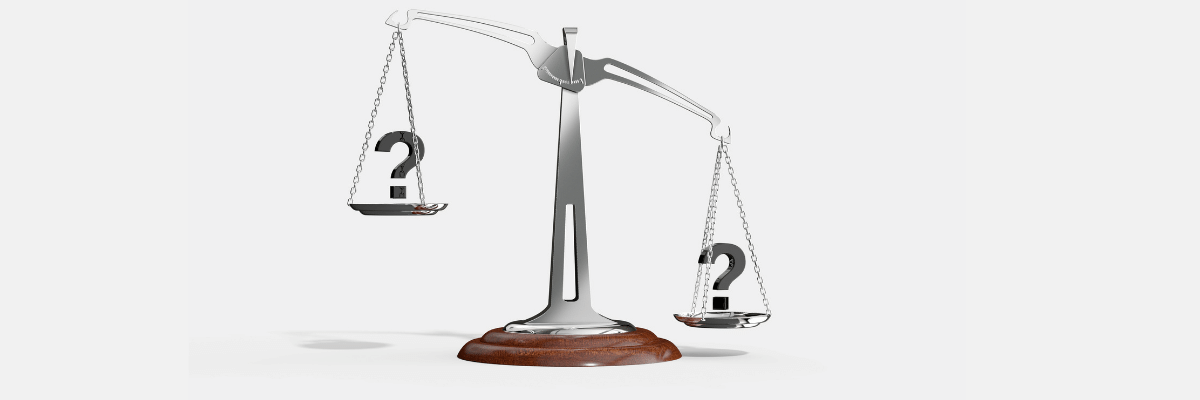
The energy the sun provides enough power to the earth in one hour to meet the energy needs for the entire globe for one year!
The sun is a very powerful energy source.
Although we are not yet able to capture even a small fraction of this energy, harnessing this power by installing solar panels can make a significant difference your own power bills, and to the planet as a whole.
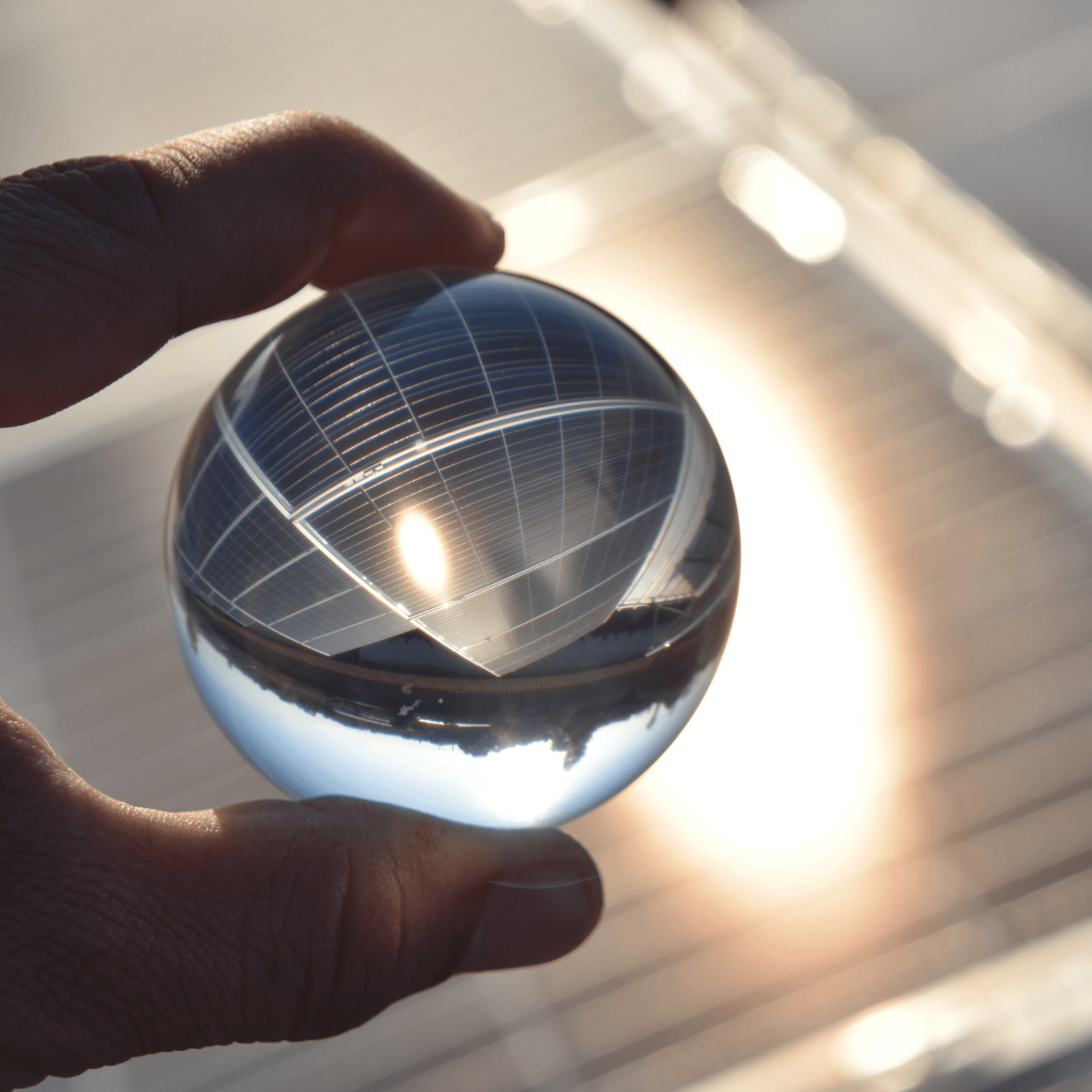
The primary way in which solar can help you reduce your energy costs is by reducing the amount you need to buy from your electricity provider which typically will cost between 20-40c per kWh.
Solar systems are installed with technology that tell your appliances to use solar power first before ‘buying’ energy from the grid.
This is usually referred to as ‘self-consuming’ your solar energy.
